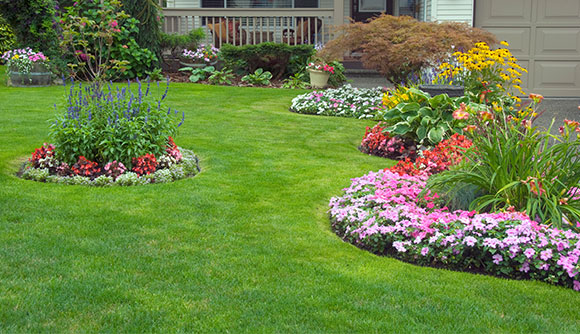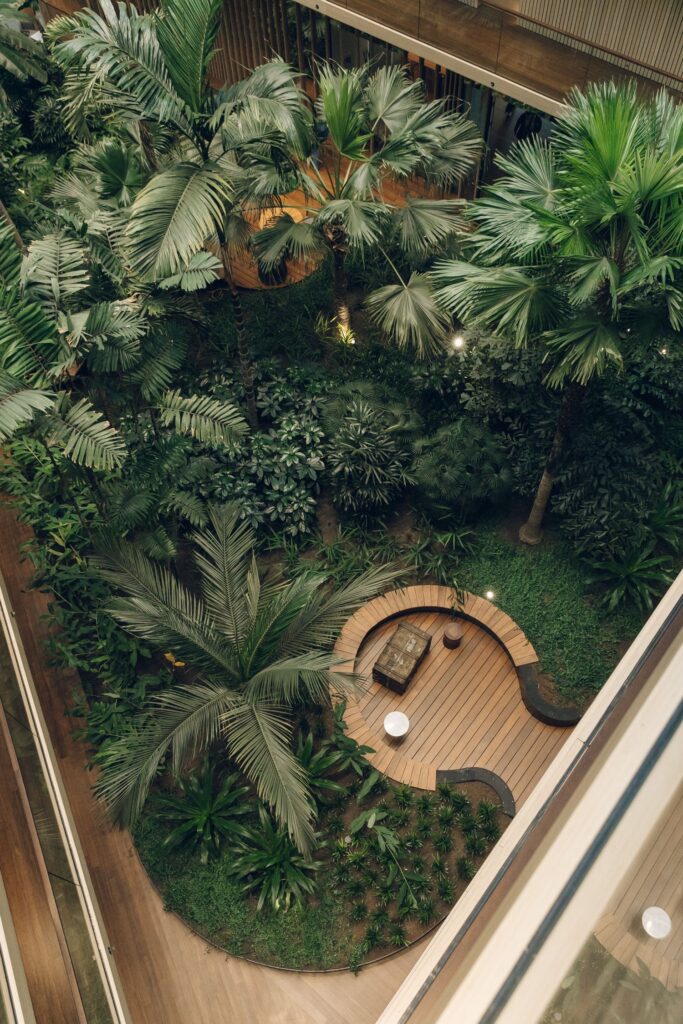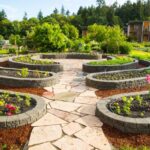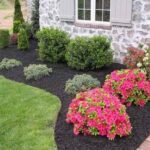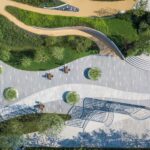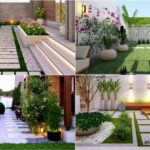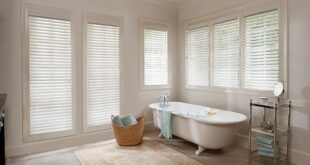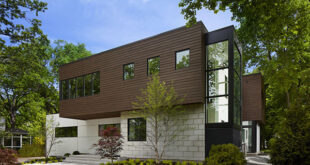Landscape design has come a long way in recent years, evolving from simple garden plans to intricate and innovative outdoor spaces that blend aesthetics and functionality. As the popularity of outdoor living spaces continues to rise, so does the demand for modern landscape design principles. Here are 10 essential principles of modern landscape design that can help you create a stunning and functional outdoor space.
1. Embrace simplicity: Modern landscape design is all about clean lines, minimalistic features, and a focus on creating a sense of openness. Embracing simplicity in your design will not only create a visually pleasing space but also make maintenance easier in the long run.
2. Incorporate sustainable practices: With environmental concerns becoming more prominent, it’s important to incorporate sustainable practices into your landscape design. This can include using native plants, drought-tolerant landscaping, rainwater harvesting, and energy-efficient outdoor lighting.
3. Balance hardscape and softscape elements: Hardscape elements such as patios, pathways, and retaining walls should be carefully balanced with softscape elements like plants, trees, and flowers. This balance creates a harmonious outdoor space that is both functional and visually appealing.
4. Create focal points: Focal points are key elements in landscape design that draw the eye and create visual interest. This can be achieved through the use of sculpture, water features, outdoor furniture, or unique plantings.
5. Consider the seasons: A well-designed landscape should look beautiful year-round, so it’s important to consider how your outdoor space will change with the seasons. Planting a mix of evergreen and deciduous plants can ensure that your landscape remains vibrant and lush throughout the year.
6. Design for usability: Modern landscape design is not just about aesthetics – it’s also about creating outdoor spaces that are functional and usable. Consider how you will use your outdoor space and design it accordingly, whether that be for entertaining, dining, gardening, or relaxation.
7. Think about flow and circulation: Good landscape design should provide easy flow and circulation throughout your outdoor space. Paths, walkways, and open spaces should be designed to seamlessly connect different areas of your landscape, creating a sense of cohesion and unity.
8. Pay attention to lighting: Lighting can have a dramatic impact on the look and feel of your landscape design, both during the day and at night. Incorporate a mix of ambient, task, and accent lighting to highlight key features, create a cozy atmosphere, and ensure safety and security.
9. Create outdoor rooms: Just like indoor spaces, outdoor spaces can be divided into distinct “rooms” that serve different purposes. Whether it’s a dining area, a lounging area, a play area for children, or a garden retreat, creating outdoor rooms can help define and organize your outdoor space.
10. Personalize your design: Ultimately, your landscape design should reflect your personal style, preferences, and lifestyle. Whether you prefer a modern, minimalist aesthetic or a lush, tropical oasis, don’t be afraid to infuse your outdoor space with elements that speak to you and make it uniquely yours.
Incorporating these essential principles of modern landscape design can help you create a stunning outdoor space that is not only visually appealing but also functional, sustainable, and tailored to your needs and preferences. So, whether you’re designing a small urban garden or a sprawling backyard retreat, keep these principles in mind to create a landscape that you can enjoy for years to come.
